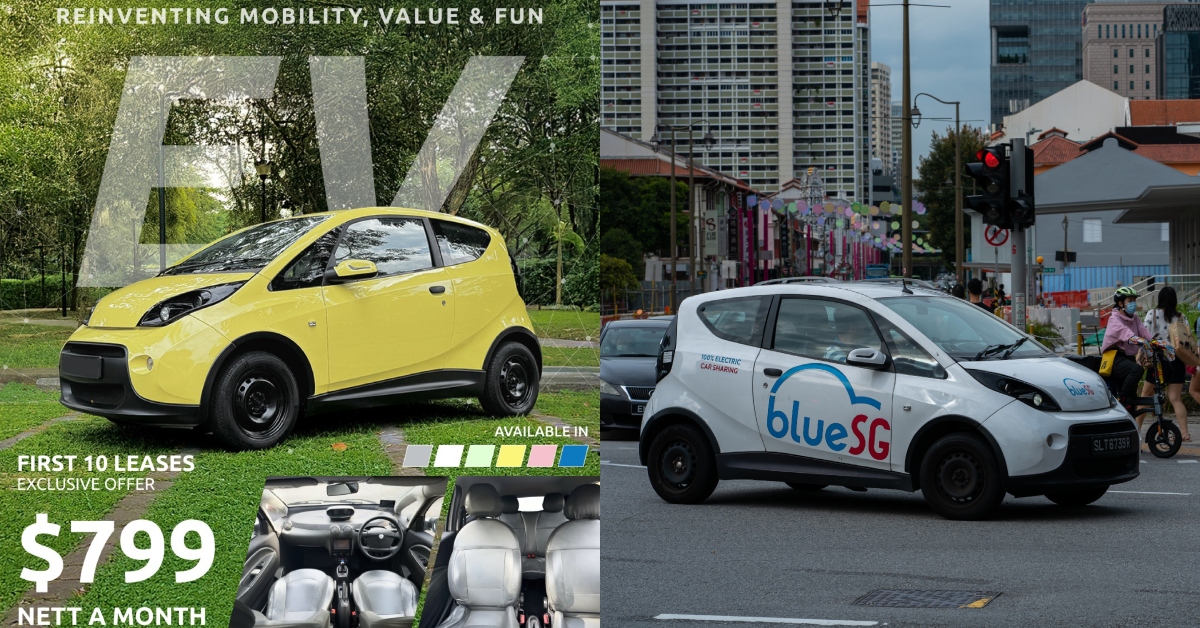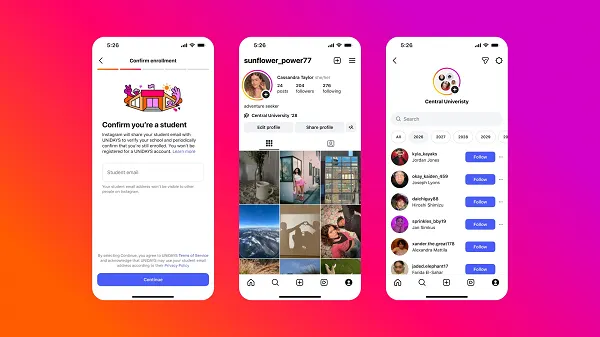Enabling SaaS Customer Success In Times Of Change
As the pandemic forced businesses across sectors to go remote in 2020, SaaS products for various purposes such as project management, operations, finance, and so on became easier to adopt and implement at a typical workplace. However, the expansion...

As the pandemic forced businesses across sectors to go remote in 2020, SaaS products for various purposes such as project management, operations, finance, and so on became easier to adopt and implement at a typical workplace.
However, the expansion of the SaaS ecosystem in the past two years shines a light on the fact that there is no shortage of SaaS products and that the end-user gets to decide on the software they want to use and for how long. The number of subscriptions earned matters.
As a result, successful brands need to pay much more attention to delivering continuous value throughout the life cycle of each customer so that they remain engaged with the subscription model. In this context, customer success becomes rather critical for business growth.
By establishing long-term customer relationships, one can maximize lifetime value and reduce churn rates. You see, acquiring new customers is up to 25X more expensive and complicated compared to retaining existing ones.
Research shows that increasing retention rates by 5% can jump your profits by 25% to 90%. Making your customers feel comfortable using your SaaS products opens up opportunities for upselling, cross-selling, and referrals.
It is a great way to build customer loyalty in your company. However, there is always an element of ‘change’ that needs to be considered.
Context of change in SaaS
In the conventional sense, change management definition refers to how companies handle modifications, such as the implementation of new tech, improvements to existing processes, and shifts in the organizational hierarchy.
In the context of SaaS customer success, each time a SaaS app is upgraded, end-users must grasp the changes made and understand how the app upgrade affects or does not affect the existing features.
Customer success is a proactive approach to serving customers in this scenario of change. You must anticipate the challenges or questions that customers may face during their journey if you want them to adopt your SaaS product and use it for long.
This form of change management requires you to provide solutions to those challenges early on and educate them on using your product to their benefit. You should focus your customer success efforts on helping customers achieve their desired outcomes.
7 Steps for Enabling SaaS Customer Success
Adding to that thought, here are seven steps you must take to create an effective SaaS customer success strategy for your business:
1. Put together a dedicated customer success team
Being present to offer personalized support is an excellent way to show your customers that you are committed to helping them reach their goals. You can provide a well-focused, high-touch presence only through a dedicated customer success team.
The approach should achieve the best possible outcome with each client interaction. Your team must dedicate time to make each customer understand how to make the most of your product for their specific needs.
Along with higher product adoption, it will make your customers feel supported throughout their journey. If putting together a dedicated team is not feasible for your business, you can start by prioritizing high-value customers and allocating existing resources to them.
2. Analyze your efforts through customer success metrics
Plan your customer success efforts based on your requirements. Set benchmarks and analyze your efforts through well-defined KPIs. The key metrics you must track are:
Churn rate: The percentage of customers that unsubscribe or stop paying in a given time duration, usually a month or a 30-day rolling window.Monthly Recurring Revenue (MRR): The average revenue you make each month.Customer Lifetime Value (CLV): The revenue you can expect to generate over a customer’s lifetime with you. Customer Satisfaction (CSAT) and Net Promoter Score (NPS): It will survey the customer’s sentiment and expectation from your product.Monitoring these KPIs will ensure your customer success initiatives are aligned with your strategy and you are able to meet your customer demands better.
3. Equip your team with an end-to-end customer success roadmap
Customer success is essential for organizations of all scales. You must build a comprehensive strategy to empower your team to achieve desired results. Train them if need be.
Use visual workflows to define your customer journey and build a customer success roadmap corresponding to their needs at each stage. Strengthen your roadmap through inputs from your existing customers and stakeholders at different levels of your organization.
Identify customer pain points and analyze their insights to understand how you can better meet their needs. Study your competitors and take cues from what is working for them to improve your strategy. Put together these points to deliver an ideal customer experience.
4. Set up an onboarding process
Your customer success teams must engage new customers. Helping them sign in and use your product is just the first step. The success of your onboarding process depends on how you help your customers get value from your product.
SaaS companies usually automate their onboarding process. They share product walkthroughs and other relevant resources through automated emails. You can send customers several personalized emails through the different phases of their onboarding journey to increase engagement rates.
Some companies may opt for a dedicated onboarding manager for high-value customers. The manager delivers a tailored onboarding and setting up process. Having a reliable person builds customer trust and improves retention rates.
5. Plan the offboarding too
No matter how hard you try, you cannot eliminate customer churn and must prepare for it. Making the offboarding process seamless will ensure your customers are not frustrated as they leave you and may even want to return after some time.
A well-planned onboarding process must take care of the following bits:
Make the cancellation process easy and convenient.Discontinuing your SaaS product must not impact the customer’s third-party integrations.Allow them to access their customer data and analytics even after the cancellation of their SaaS subscription.You may even want to allow them to use the free version of your SaaS product. It increases their chances of subscribing again at a later stage.6. Collect and use customer feedback
Gather feedback from your customers to understand their needs and priorities. Periodic surveys will help you get an insight into customers’ experience with your product. You can use in-app surveys, ask for online reviews, or even send survey emails.
So, how to manage customer feedback?
Collate the gathered feedback into a spreadsheet or a tool like Trello to analyze and derive actionable conclusions from it. Your customer success team must use those customer insights to analyze trends and use them for product and process improvements.
Conduct a deeper analysis of the feedback with inputs from various team members and use the collected information for the growth of your business. You can use it to innovate new products or build better SaaS marketing strategies that help you boost your bottom line considerably.
7. Make your customer success team readily available
Your customer success team has a crucial role to play when your customer is facing a problem with your product. Customer frustration may increase manifolds if the team is challenging to reach or is unresponsive for longer periods.
Make sure the team is available at all times so that the customer does not have to wait for a response. Offer different ways for customers to connect with your customer success teams and make it easy for them to find the contact information.
You can provide them with the following methods to connect with your team:
Access to user community and forumsA dedicated customer success email IDLive chat within the app or on the websiteThe direct phone number of their customer support managerLinks to an updated knowledge base as in providing articles explaining product features, tips to use it effectively, and other troubleshooting infoKeep up with evolving customer needs
Changing customer needs are driving the rapid evolution of customer success in SaaS companies. The challenge for smaller organizations is to meet customer expectations by offering them the best possible experience while utilizing minimal resources.
As more companies are building products that solve everyday business problems, the best way to achieve optimal customer success is by focusing your strategy on two things — retaining customers as loyal partners and listening carefully to them to know their needs.

 Koichiko
Koichiko 












![Benefits of Hiring a Fractional CMO – Manny Torres – [VIDEO]](https://www.digitalmarketer.com/wp-content/uploads/2022/04/YOUTUBETHUMB_FracCMO_1.jpg)


















